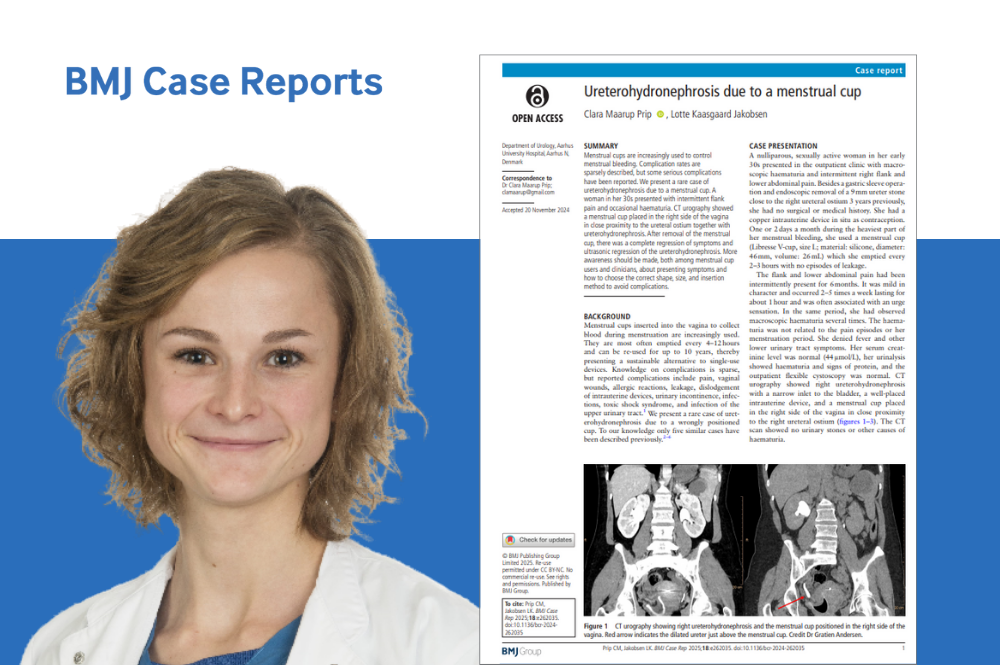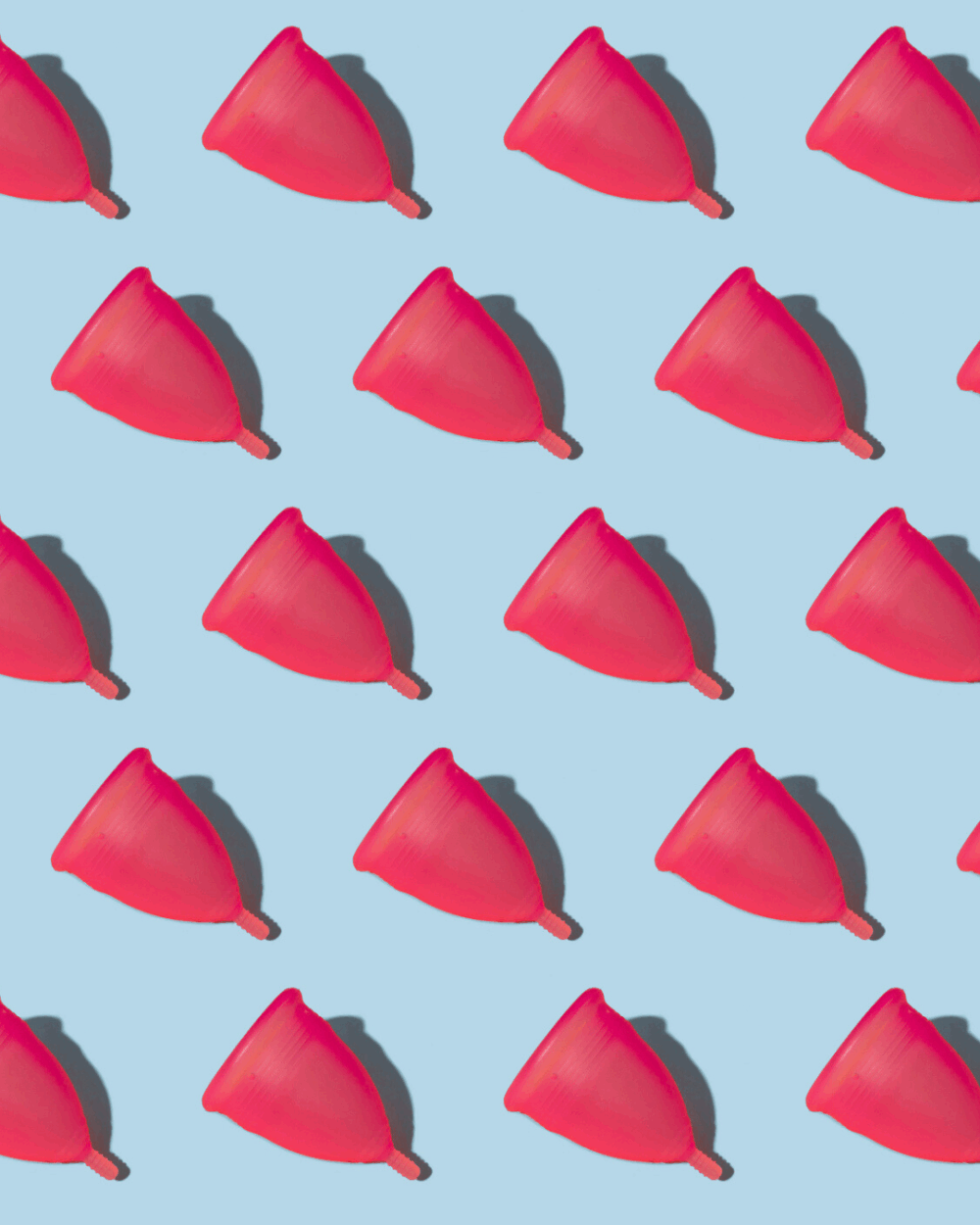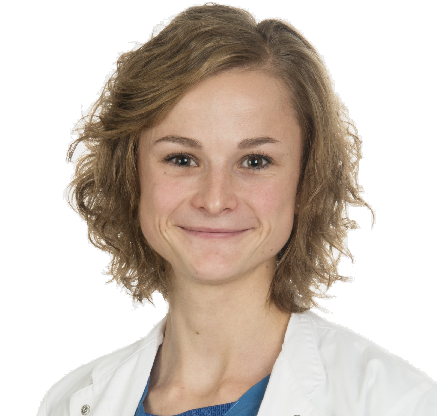
Raising awareness of a rare but serious risk linked to menstrual cup use
When Dr Clara Maarup Prip, a urologist and gynaecologist at Aarhus University Hospital, Denmark, encountered a rare case of ureterohydronephrosis caused by a menstrual cup, she’d never seen anything like it. Nor had her supervisor, or any other senior doctors in the urology department.
Ureterohydronephrosis is the swelling of the ureter and kidney caused by a blockage in urine flow. Left untreated, it can lead to pain and kidney damage. In this instance, the pressure built up because the menstrual cup was compressing the ureter where it enters the bladder—an unusual, yet clinically significant, complication of a commonly used medical device.
Dr Maarup Prip searched the literature and discovered only a handful of similar cases worldwide. She documented the case with her supervisor and submitted it to BMJ Case Reports, choosing the journal based on its reputation and guidance from experienced colleagues.


“The submission process was straightforward, and the response was fast. I’d had other papers published with other publishers, and this was by far the smoothest experience.”
Dr Clara Maarup Prip
Aarhus University Hospital, Denmark
A global media story born from a single clinical observation
Dr Maarup Prip didn’t expect the case report to go viral. Published in BMJ Case Reports in February 2025, the paper caught the attention of health journalists worldwide as a direct result of it being press released by BMJ Group’s media relations team. Within weeks, the research had sparked 29 news stories across 23 media outlets, including BBC News, the Daily Mirror, Metro, and Medscape.
As part of the widespread media coverage, Dr Maarup Prip’s supervisor and co-author, Lotte Kaasgaard Jakobsen, was interviewed on the BBC World Service’s Newshour programme.
Within the first month, the paper itself attracted over 25,000 views and prompted four opinion pieces in the UK, the US, and Russia, highlighting strong public and professional interest in the findings.
With an Altmetric score of 218, Ureterohydronephrosis due to a menstrual cup sits in the top 5% of all research outputs tracked by Altmetric. It still retains media interest, demonstrating the public’s appetite for accessible, relevant, and evidence-backed health information.

A spotlight on patient safety
The case helped spark conversation about the need for clearer guidance around menstrual cup use. Crucially, many news stories included practical advice and instructional videos that highlighted safer use practices. This amplified the clinical message beyond professional circles, raising public awareness and helping to protect users through clear, accessible communication.
There are no specific clinical guidelines, and most of us just read the same instructions as patients. But if menstrual cups can, in rare cases, cause ureteral obstruction, practitioners should know what signs to look for.”
Dr Maarup Prip
It’s a reminder that even widely used health devices can have unexpected consequences if not used or positioned correctly. A single case report can play a powerful role in changing behaviour, prompting professional reflection, and improving patient outcomes.
Although the media interest was strongest in the UK, Dr Maarup Prip was also contacted by journalists in Germany and the US.
“We weren’t funded, and it didn’t take long to write,” says Dr Maarup Prip. “But the response shows just how much value a single case report can bring.”
Real-world value, without a significant research grant
BMJ Case Reports doesn’t chase citations or impact factors—because case reports are typically not cited much in academic literature. But that doesn’t mean they lack impact. It just means we measure it differently—in ways that reflect their real-world value to clinical practice, education, and patient safety.
This case didn’t need a research grant or a lab. Just a keen clinical eye, a compelling write-up, and the right platform to share it.





